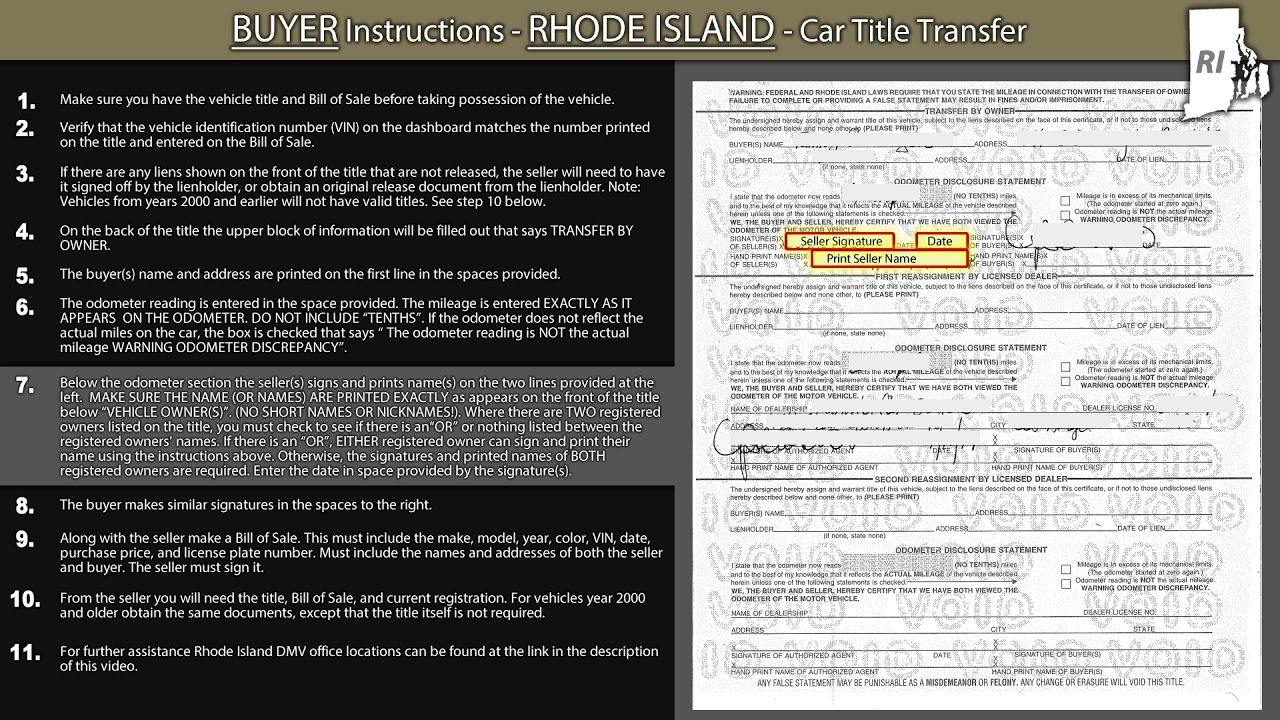What is the timing of the rut in Rhode Island?
The timing of the rut, also known as the mating season, in Rhode Island varies each year but typically occurs during the fall. The rut is a crucial period in the reproductive cycle of deer, where males compete for the attention of females and mating takes place. Understanding the timing of the rut is important for wildlife management and conservation efforts, as well as for hunters and outdoor enthusiasts.
Understanding the reproductive cycle of deer
The reproductive cycle of deer is influenced by various factors, including photoperiod, hormonal changes, and environmental conditions. The cycle begins with the onset of the rut, during which male deer, known as bucks, become more active and engage in aggressive behaviors to establish dominance and attract females, or does. This is followed by the mating period, where successful breeding occurs. The gestation period of deer lasts for around 200 days, with fawns usually born in late spring or early summer.
Factors that affect the timing of the rut
Several factors can influence the timing of the rut in Rhode Island. One of the primary factors is the availability of food resources, as deer need to be in good physical condition to successfully reproduce. Changes in temperature and daylight also play a role, as they trigger hormonal changes in deer. Additionally, population density, genetics, and the overall health of the deer population can impact the timing of the rut.
The significance of the rutting season
The rutting season is a critical time for the survival and growth of the deer population. It ensures the continuation of the species by facilitating successful reproduction. The behaviors exhibited during the rut, such as aggressive displays and vocalizations, help establish dominance and attract mates. Additionally, the rutting season provides researchers and wildlife managers with valuable insights into deer population dynamics and health.
Historical patterns of the rut in Rhode Island
Historical data suggests that the rut in Rhode Island typically occurs between late October and early December. However, variations in climate and other environmental factors can cause slight deviations from this general pattern. Over the years, researchers and wildlife enthusiasts have documented the rutting behaviors and timing to gain a better understanding of deer populations in the state.
Climate’s impact on the timing of the rut
The climate of Rhode Island, characterized by its humid continental climate, influences the timing of the rut. Cooler temperatures and decreasing daylight hours in the fall trigger hormonal changes in deer and prompt them to enter the rutting season. However, variations in climate patterns, such as warmer temperatures or early snowfall, can impact the timing and intensity of the rut.
How temperature and daylight affect deer behavior
Temperature and daylight play a crucial role in deer behavior during the rut. As temperatures drop, deer become more active, seeking out mates and engaging in territorial disputes. Decreasing daylight also triggers hormonal changes in deer, resulting in increased activity and aggression. These changes in behavior are necessary for successful mating and the continuation of the species.
Observations and studies on the rut in Rhode Island
Researchers and wildlife enthusiasts in Rhode Island have conducted numerous studies and observations to gather information about the rut. These studies involve monitoring deer behavior, vocalizations, and mating patterns. Through the use of trail cameras, radio telemetry, and direct observations, researchers have been able to gather valuable data on the timing and dynamics of the rut in Rhode Island.
Predicting the timing of the rut
While it is challenging to predict the exact timing of the rut each year, wildlife management agencies and researchers use various methods to estimate its occurrence. These methods include analyzing historical data, conducting field studies, and monitoring changes in deer behavior and physical condition. By combining these approaches, researchers can make informed predictions about the timing of the rut, aiding in management and conservation efforts.
Hunting regulations and the rutting season
Hunting regulations in Rhode Island are designed to ensure the sustainability of deer populations while also considering the importance of the rutting season. Specific hunting seasons and bag limits are established to protect deer during their reproductive cycle. This helps maintain healthy population levels and allows for successful breeding to occur. Hunters are encouraged to familiarize themselves with the regulations and abide by them to promote sustainable hunting practices.
Conservation efforts during the rut
During the rut, conservation efforts focus on protecting and preserving deer populations. This includes implementing measures to reduce disturbances in deer habitats, such as limiting human presence and controlling predators. Additionally, conservation organizations work to educate the public about the importance of the rut and the role of deer in the ecosystem. By raising awareness and promoting responsible behavior, these efforts aim to ensure the long-term survival of deer populations in Rhode Island.
The future of the rut in Rhode Island
As climate and environmental conditions continue to change, the timing and patterns of the rut in Rhode Island may also be affected. It is crucial for researchers, wildlife managers, and policymakers to monitor these changes and adapt conservation strategies accordingly. By understanding the factors that influence the timing of the rut and implementing sustainable management practices, Rhode Island can continue to support healthy deer populations and preserve its rich biodiversity for future generations.





